A couple days ago Farer updated their Field collection, which was previously my least favorite collection. The big update is the reworked case, which has a significantly shrunk down bezel, reworked dials and features a new bracelet with the Nodex microadjust system in the clasp. Something I noticed with this rework is how similar the case is to the Aquamatic collection. It’s still a distinct watch in it’s own right, but I’m beginning to wonder if the Aquamatic could get a reworked design in the next few years. Yes it’s already a great watch but the included bracelet has a butterfly clasp, which is not ideal for a dive watch. The case is great but has been awhile and could get a nice redesign. Farer has also teased a 35/36 millimeter cushion case watch and recently released a redesigned GMT collection with a new more water-resistant case. I don’t think the Aquamatic needs a big redesign but I wouldn’t mind one especially with how much their design language has improved since the dawn of the original collection.
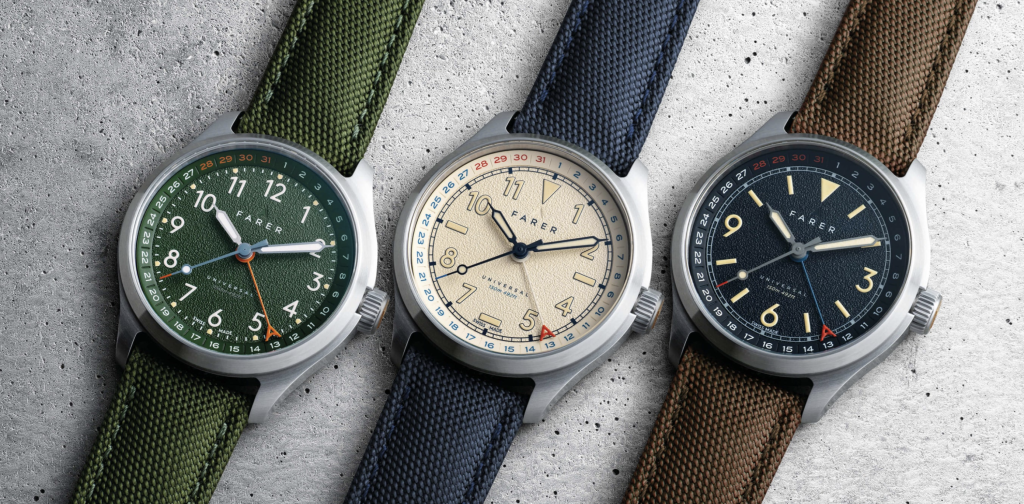
Swedish based microbrand Maen has been on a role lately, and their latest collection looks stunning. The Lunar Classic comes in 36 millimeters with four different dial colors (blue, white, salmon, and black) a nicely finished Sellita SW-280 moonphase movement and a very brutalist set of lugs which serves as an interesting contrast to the dressy style standard in any moonphase watch.
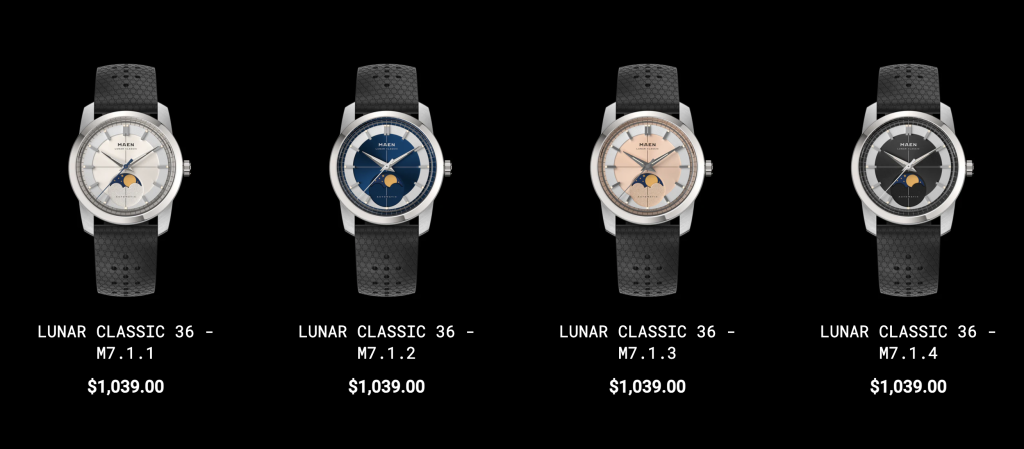
Echo Neutra is an interesting brand, and I’ll be honest I’ve never really liked them but the new Rivanera is getting close. Making use of the Peseux 7001 hand-wound movement and Grade 5 Titanium Echo Neutra’s new rectangular dress watch is quite lovely. I really want to be head over heels for this watch but something doesn’t hit quite right. All said I’m excited to see what this new chapter holds for the brand.
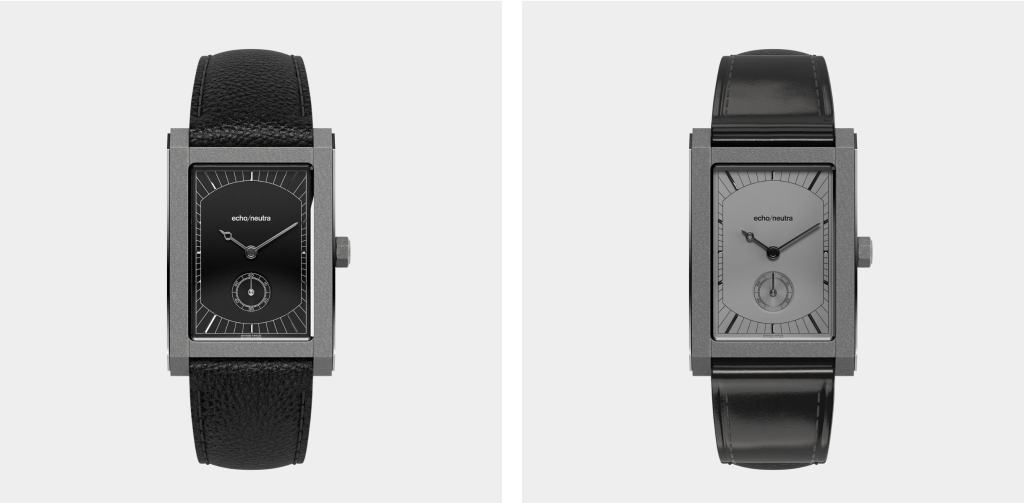
I remember when the Swatch “What if” collection was first revealed, and I was almost suckered into buying one. Fortunately for me all of the colors were boring but Swatch has been consistently expanding the collection and has just announced a three watch collection making use of artwork from the original “Swatch World Breakdancing Championship” including Keith Haring’s artwork.
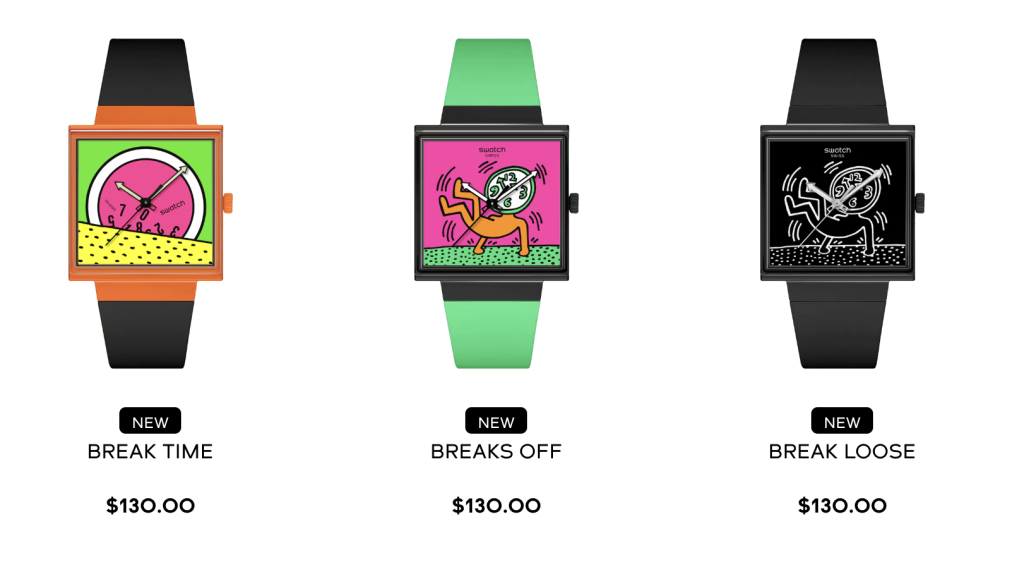
Christopher Ward has just officially announced the entire Twelve collection has their micro-adjust system on the butterfly clasp that was first introduced on the Twelve X. Pretty cool, that’s all
The Longines Zulu Time is a beautiful watch, with incredibly long lugs1, Today however, Hodinkee just published an article written by Anthony Traina that pointed out to me the lug-to-lug length is actually shorter than 47mm! I am incredibly shallow so now that I know this fact I feel like I need one. That’s all
Okay, so they aren’t quite the huge brand that everybody loves but slowly I do see them making it there, somewhat. Awhile ago the brand released a watch called the Millesime, it was dressy and somewhat Art Deco but for me it was always too big for the style of the watch. Finally (as of like a week ago) Raymond Weil is introducing a newer smaller version of the watch, still automatic, still beautiful, just in a nicer 35mm size. Here is an in depth hands on look written by Rebecca Doulton on Monochrome Watches.
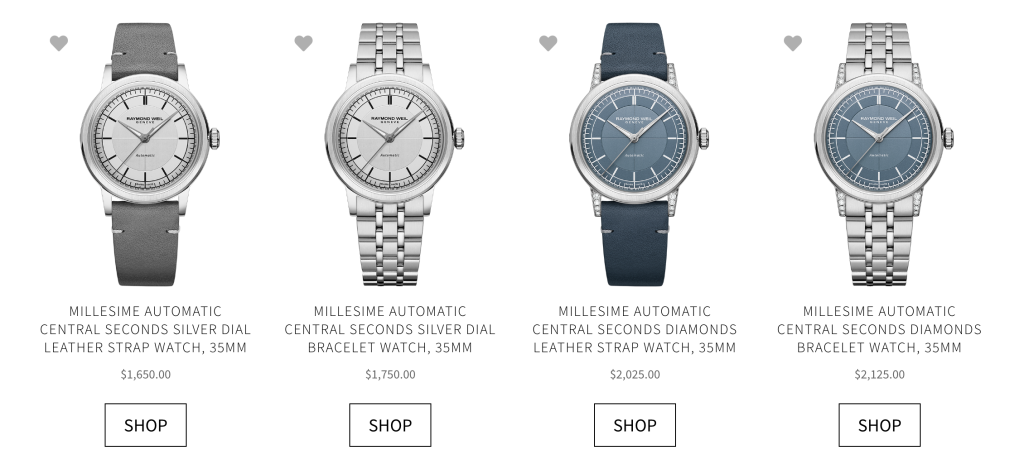
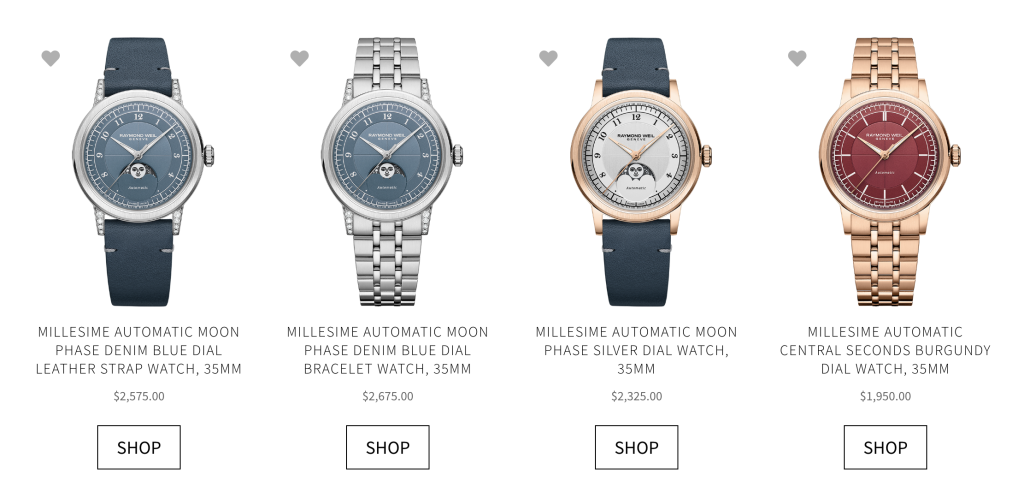
The fan favorite Hamilton Murph just got two new variations, Danny Milton from Teddy Baldassarre reports. The less exciting version is just adding a new three link bracelet to the oldy but a goodie black dial, but Hamilton is also adding a white dial to the collection!
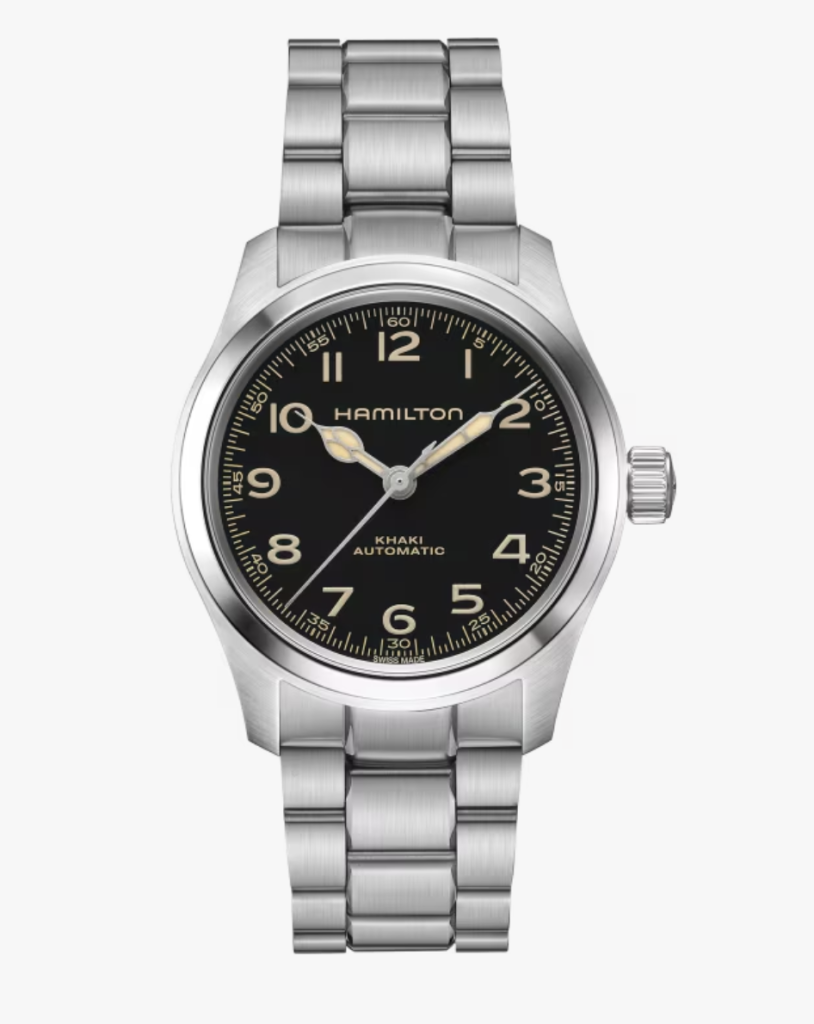
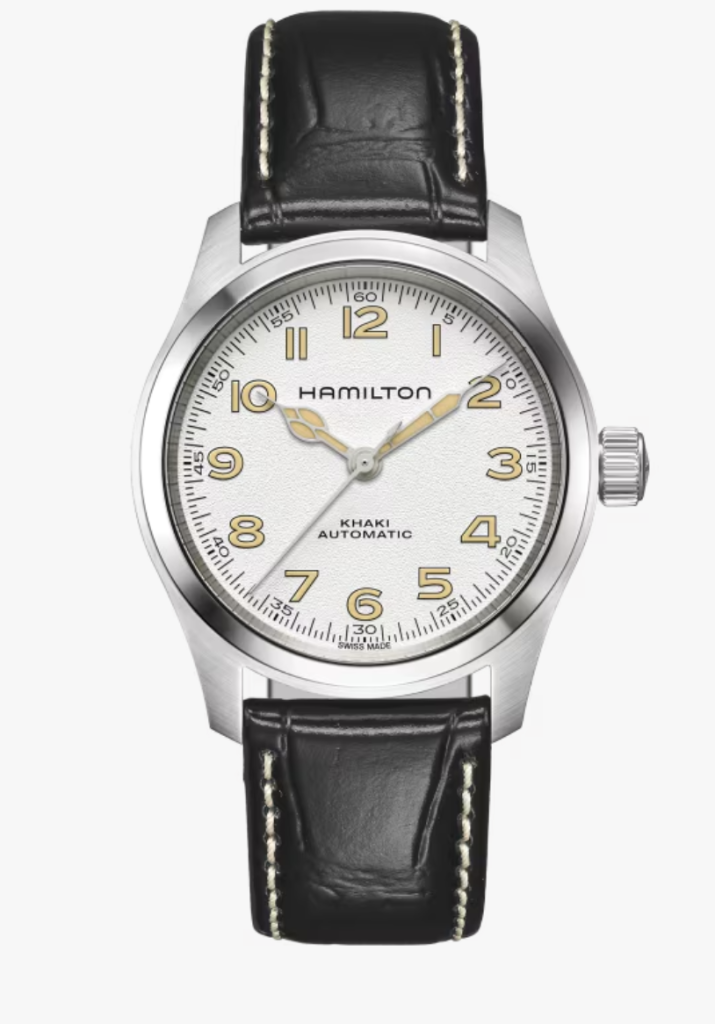
When I visited Baltic’s showroom in Paris the Hermetique immediately won my heart1, but the Prismic was no slouch. Today Baltic announced three limited additions to the Prismic collection. Instead of the textured dials they went with three different stones, Green Jade for New York, Red Agate for London and Lapis Lazuli for Paris2. I do still love this collection and I love me a stone dial I just don’t love that mesh band, it didn’t fit my wrist quite right. Anyways, if you want an in-depth hands-on post check out Hodinkee or something! I’m just here to break the news on my niche.
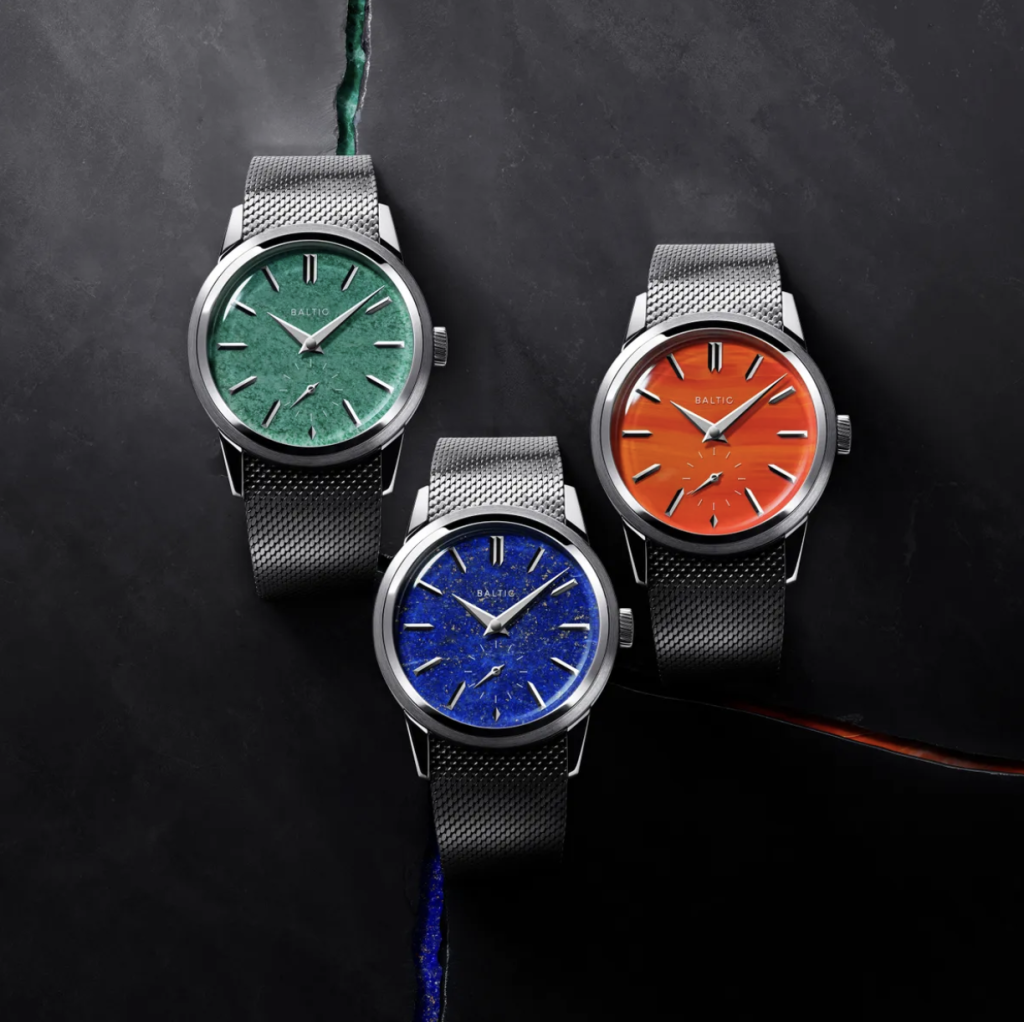
Looking back at my archive I really do feel like a one trick pony, but it’s my blog so I don’t care. Today Christopher Ward released “six new colors” for the Sealander collection. As is the norm for the brand the two different sizes are slightly different in colors but each size has a sort of silver, aquamarine, and dark blue color. All photos, as usual come straight from CW’s website. The new colors are as follows:
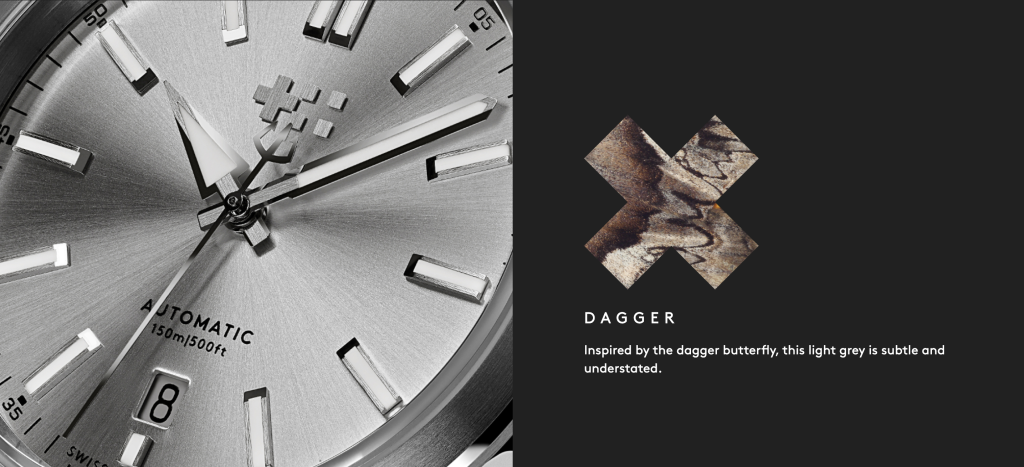
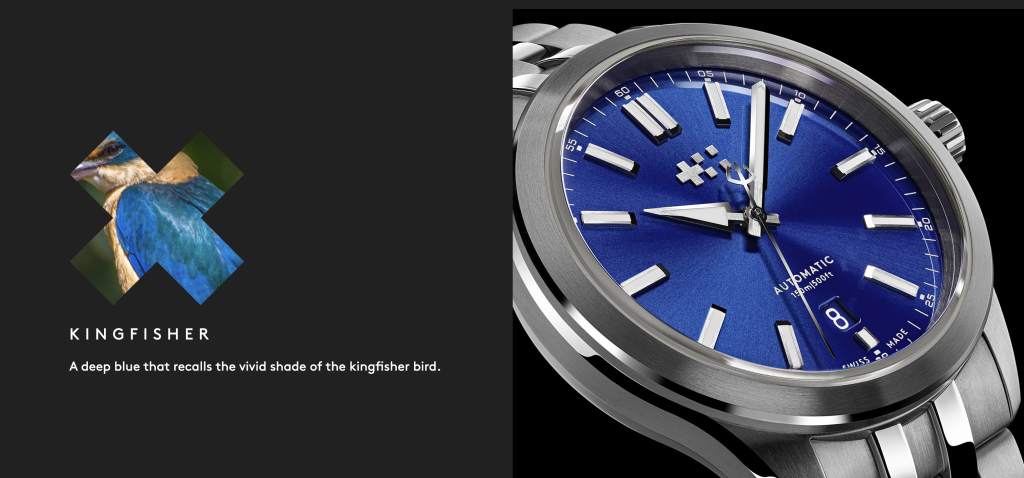
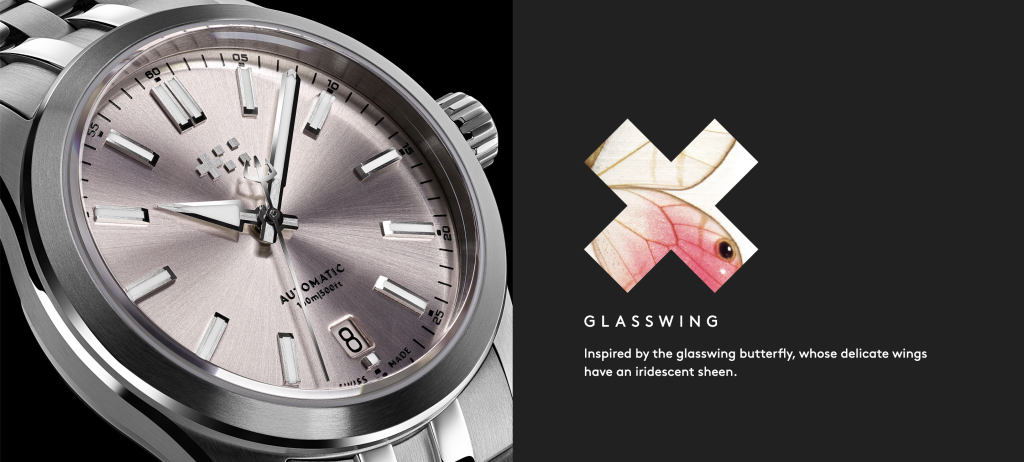
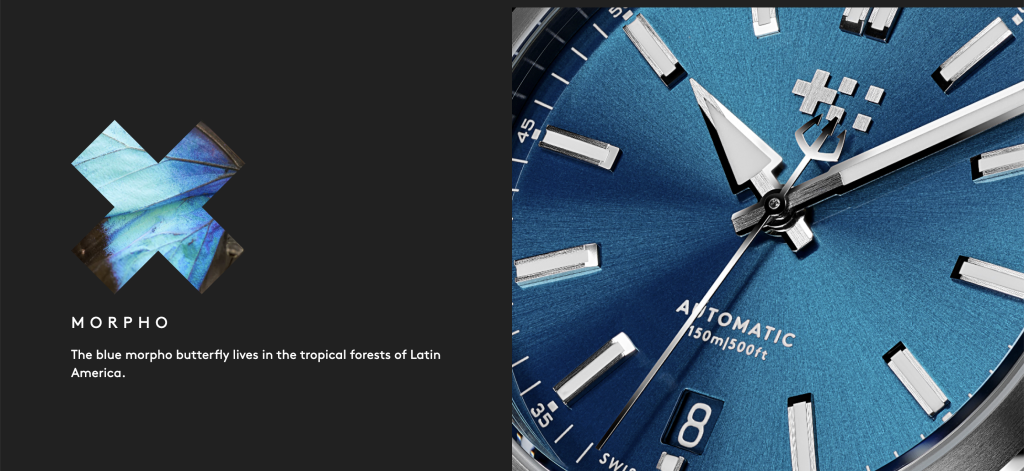
In Christopher Ward’s press release they did announce “six new colors”, the other two colors are their Dragonfly color-way they released on the Sealander GMT, so I feel no need to include those, although now that the Dragonfly color-way is available in standard, and GMT 36, and 39mm options is only a good thing.
Hodinkee writer Jonathan McWhorter breaks the news, but Swatch has just released select models of the MoonSwatch online in the U.S. and China1. The four models are, Mission to Mars, Mission on Earth, Mission the the Moon, and the Mission to the Sun2. Swatch, I’ve moved on3 but apparently you don’t think others have.
The most shocking collaboration, I think ever in the history of collaborations was also announced this morning. Beloved British indie brand Studio Underd0g and horological legend H. Moser & Cie are on complete opposite spectrums of the European watchmaking scene sure, but it is important to note that both brands are loved for thinking a bit outside of the box. The collaboration brings us two watches with familiar styles both inspired by the passion fruit. It’s a bummer that in order to get the Underd0g I have to get the Moser….
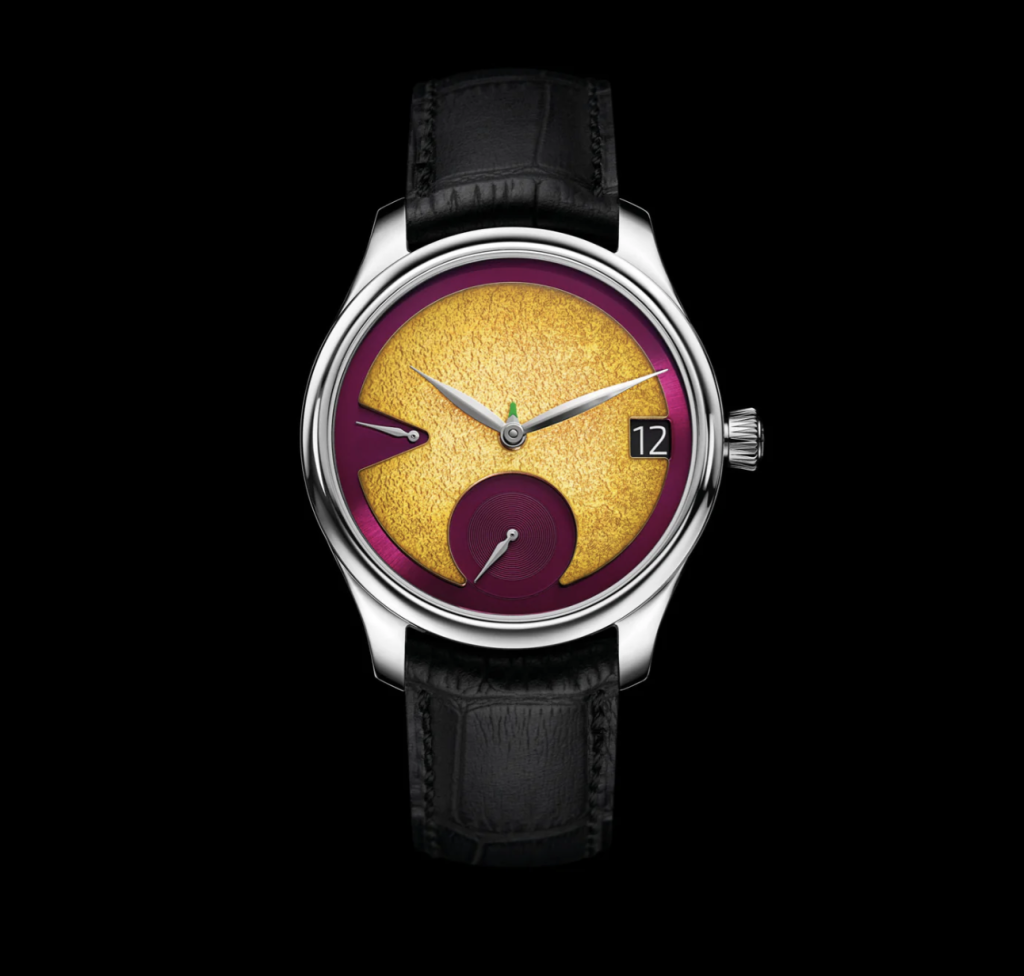
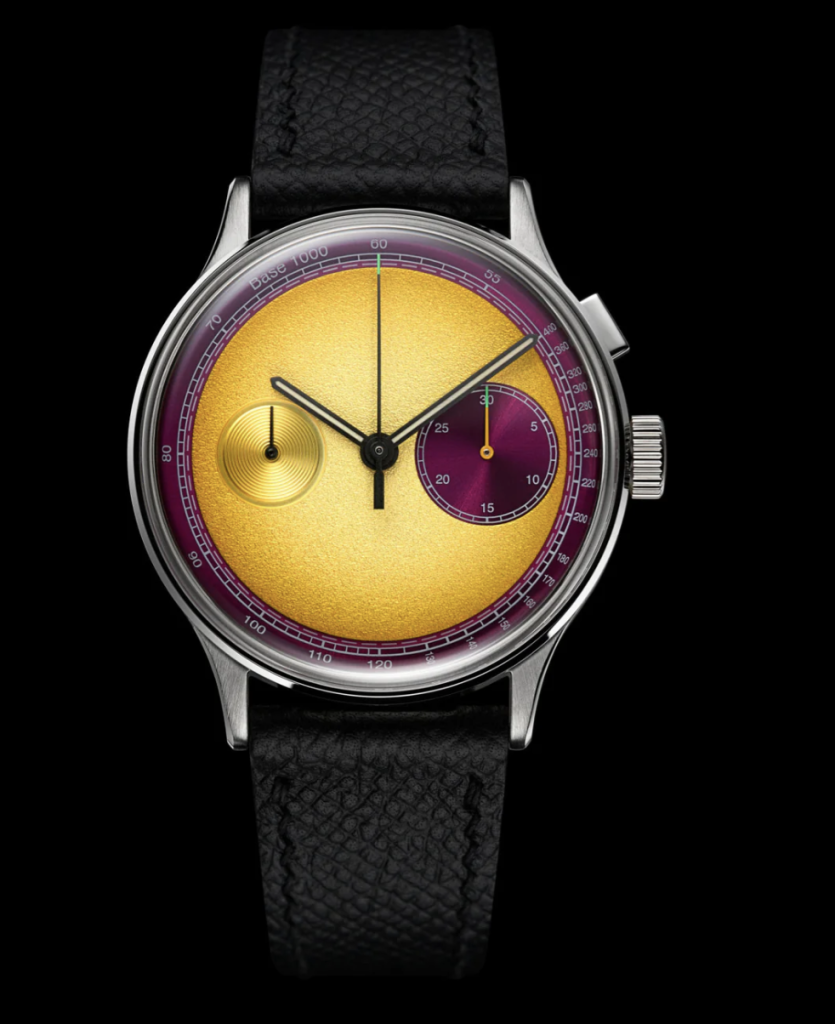
I’m always excited for Christopher Ward releases and this one is no exception. This release sees a shit ton of lume1 added to their distinctive, but professional, dive watch. My personal favorite is the orange version but if it weren’t for the size I would say I’m in love.
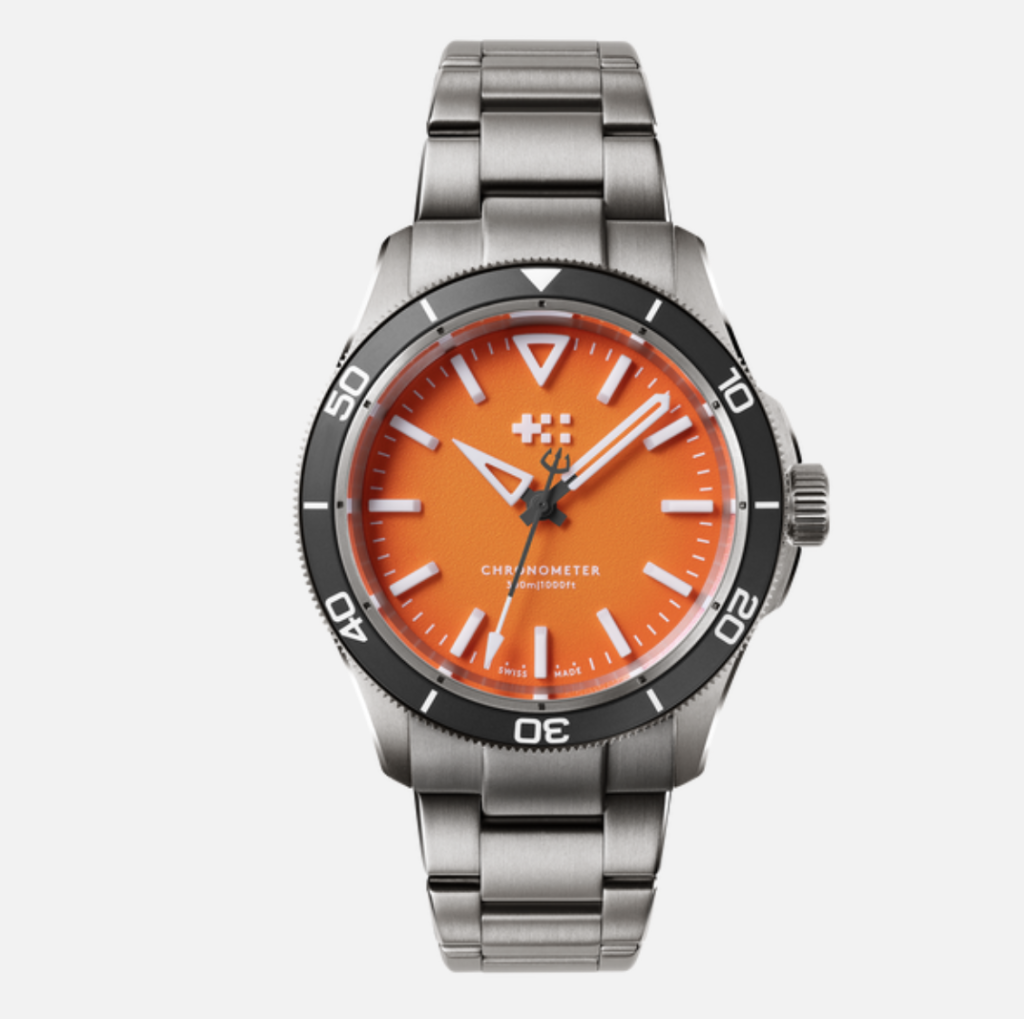
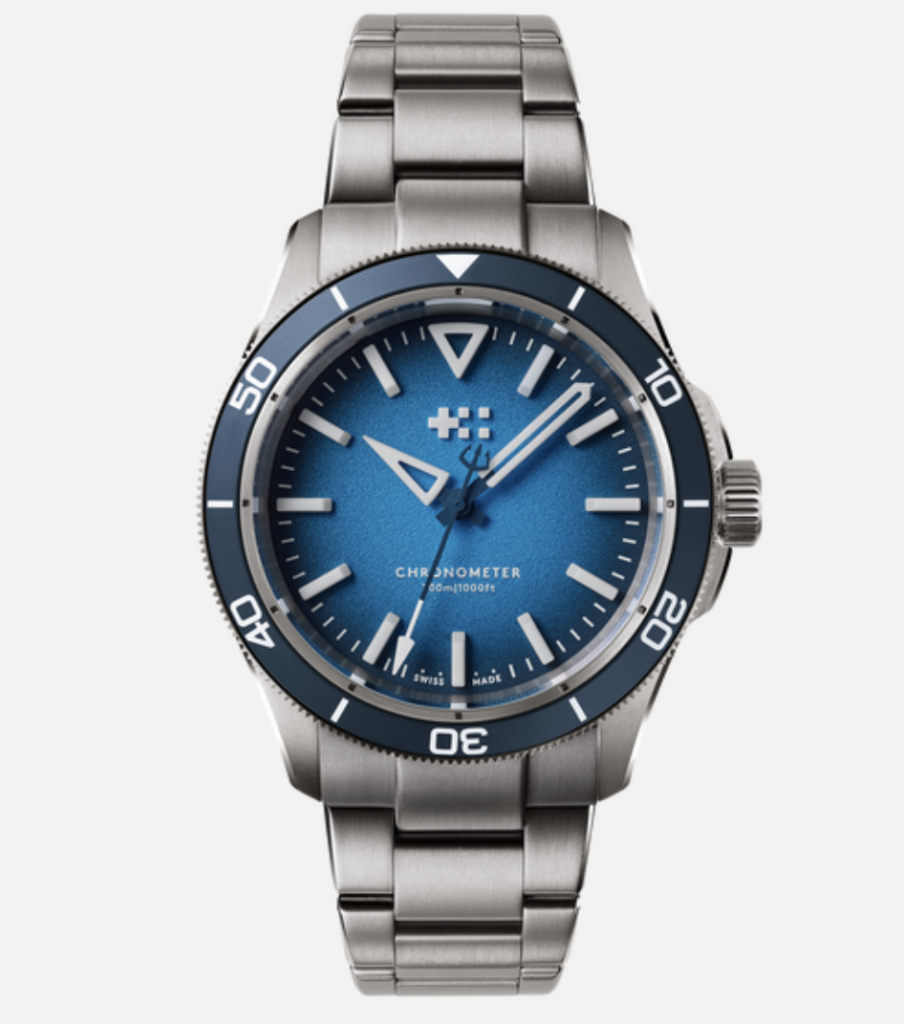
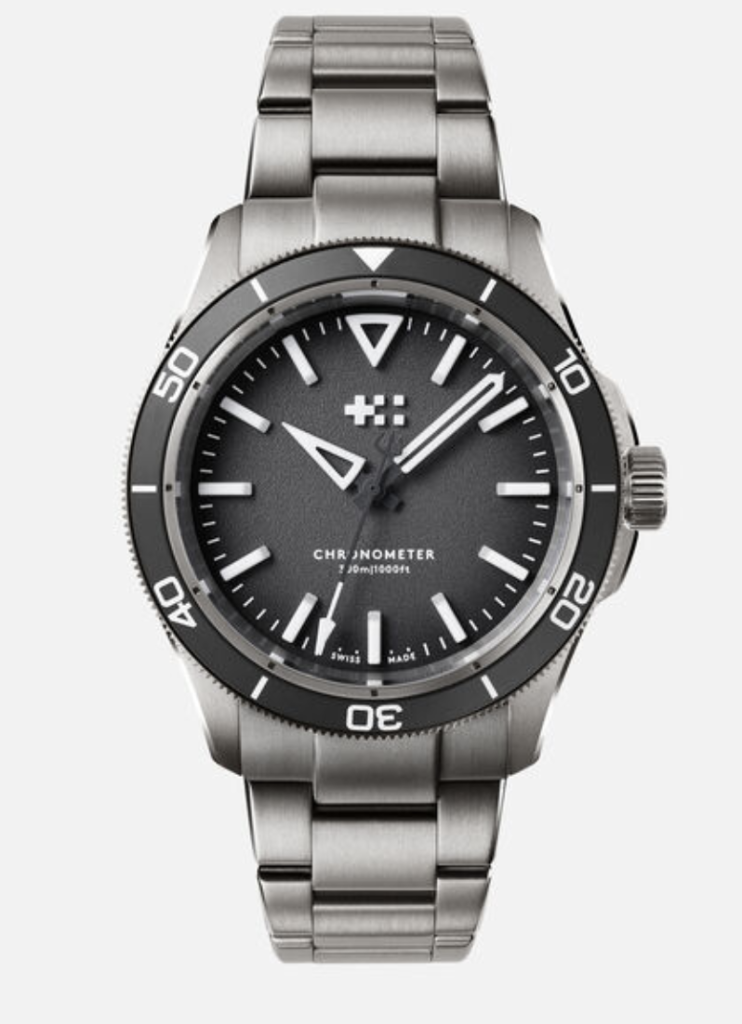
Today is a big day for indie watchmaking so I thought I would fire out a few rapid fire posts1. First up Farer expands their Tonneau collection with the New York2! I’ve loved the general case shape3 that Farer offers forever now but there wasn’t a color combination that I liked. But as of today they brought this distinct copper and blue4 to the dial and now I’m in love.
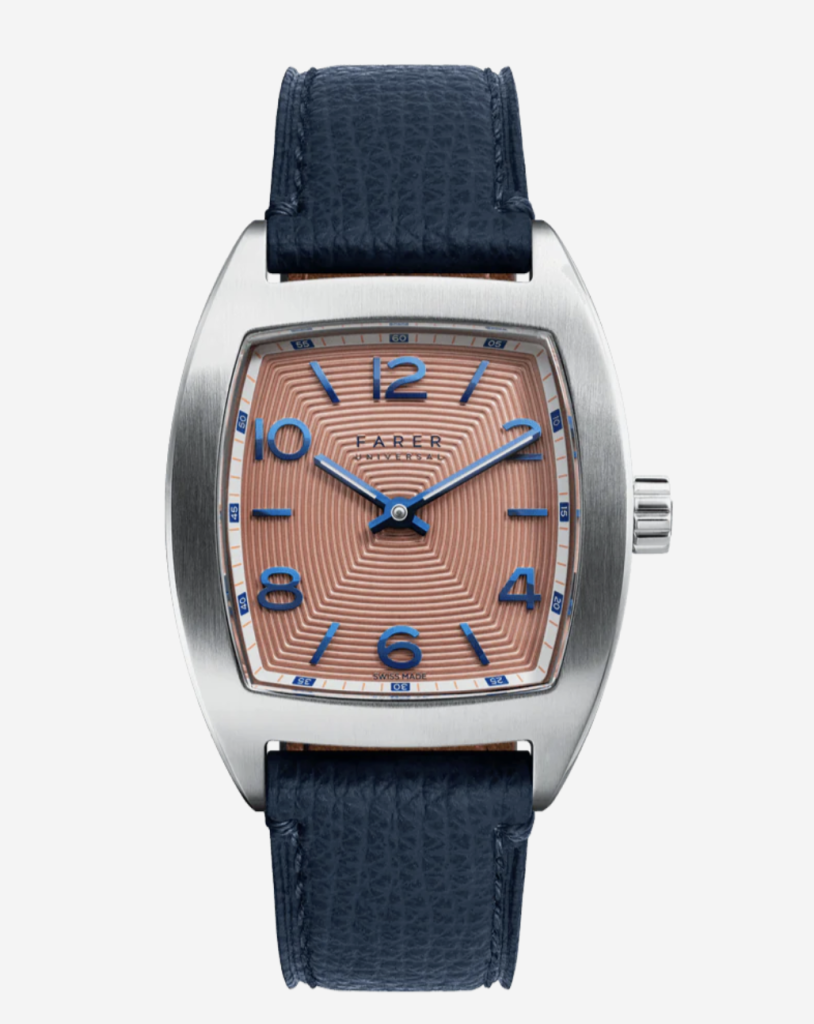
I first fell in love with the French brand with the Superman. Unfortunately that watch was always too big for my wrist and honestly the bracelet was kinda crap1. Well Yema just released yet another dive watch, called the Diver2. It is a vintage themed sort of skin diver and it looks pretty solid3. Add to that the 39.5mm diameter with a sub 47mm lug-to-lug I actually think this one has a chance of fitting in my collection.
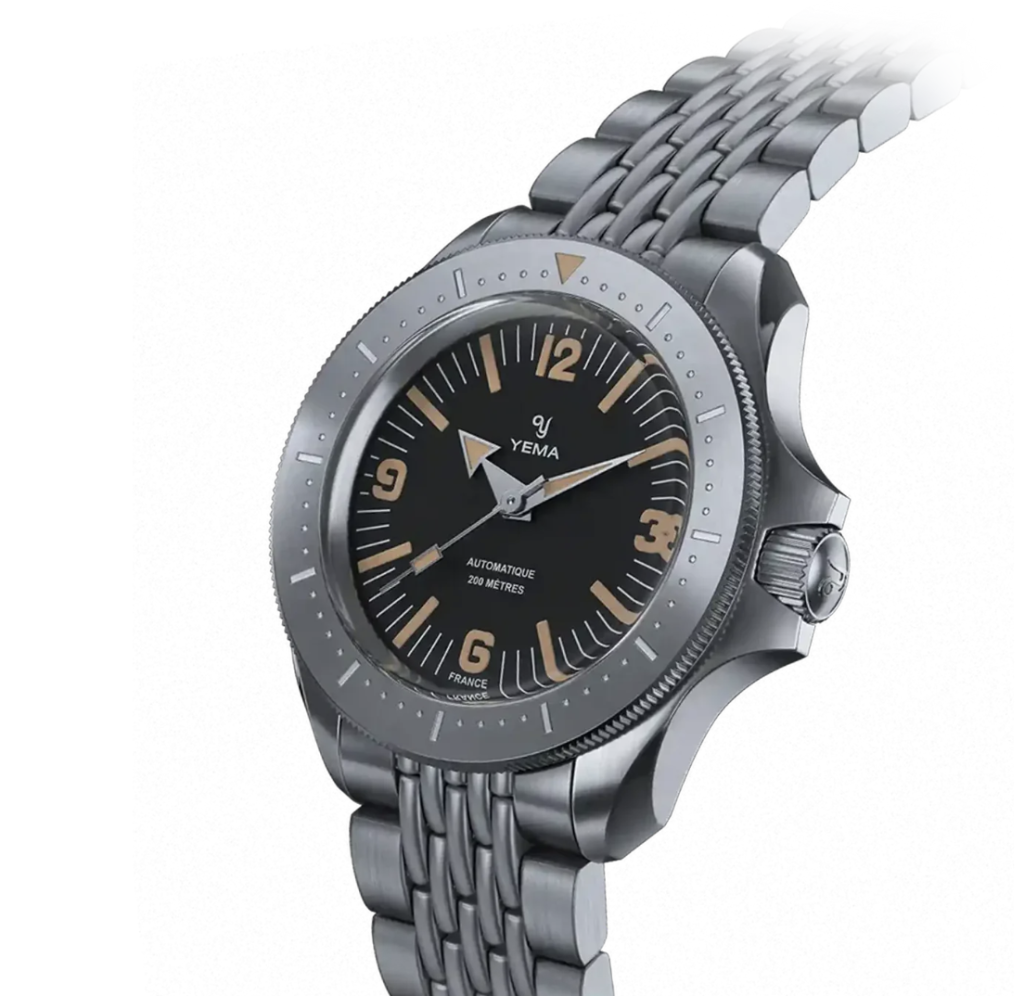
British brand Farer is no stranger to experimenting with new dials on old cases. Along with reopening the orange Resolute 36mm pre-orders the other day, this morning Farer released 4 new dials for their cushion case. Look I’ll get straight to the point, Farer need’s to stop releasing these watches because I don’t have the willpower but I do have a credit card.
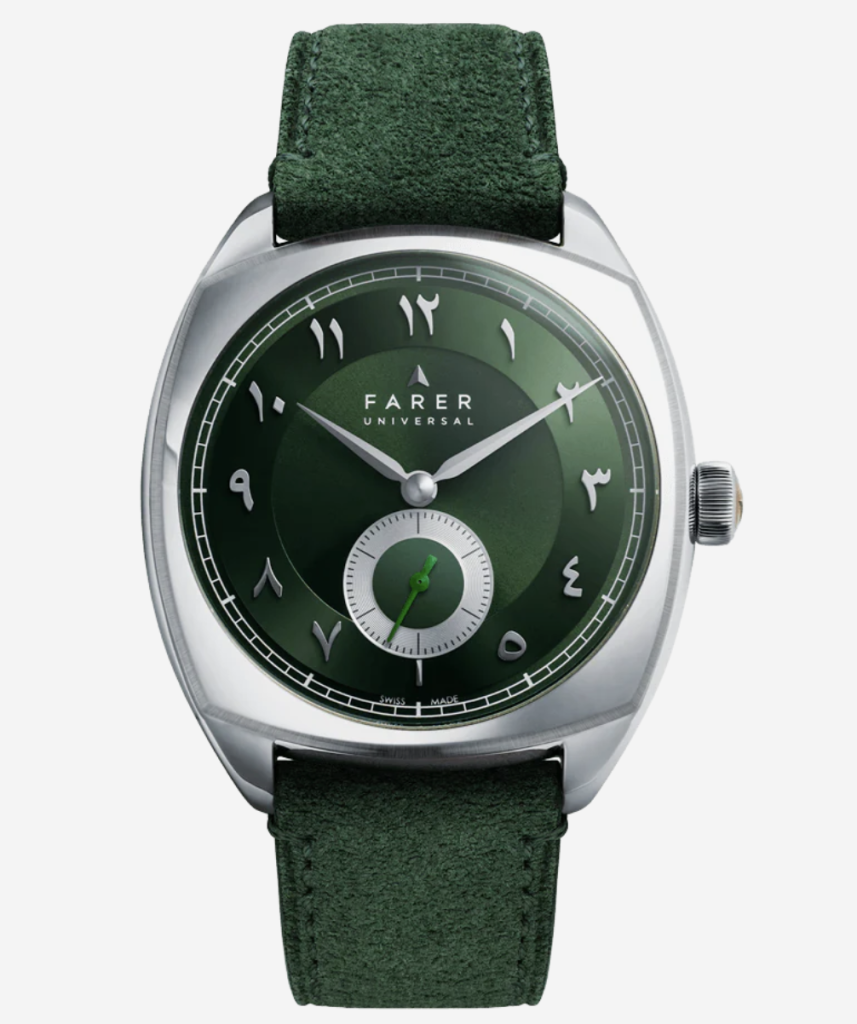
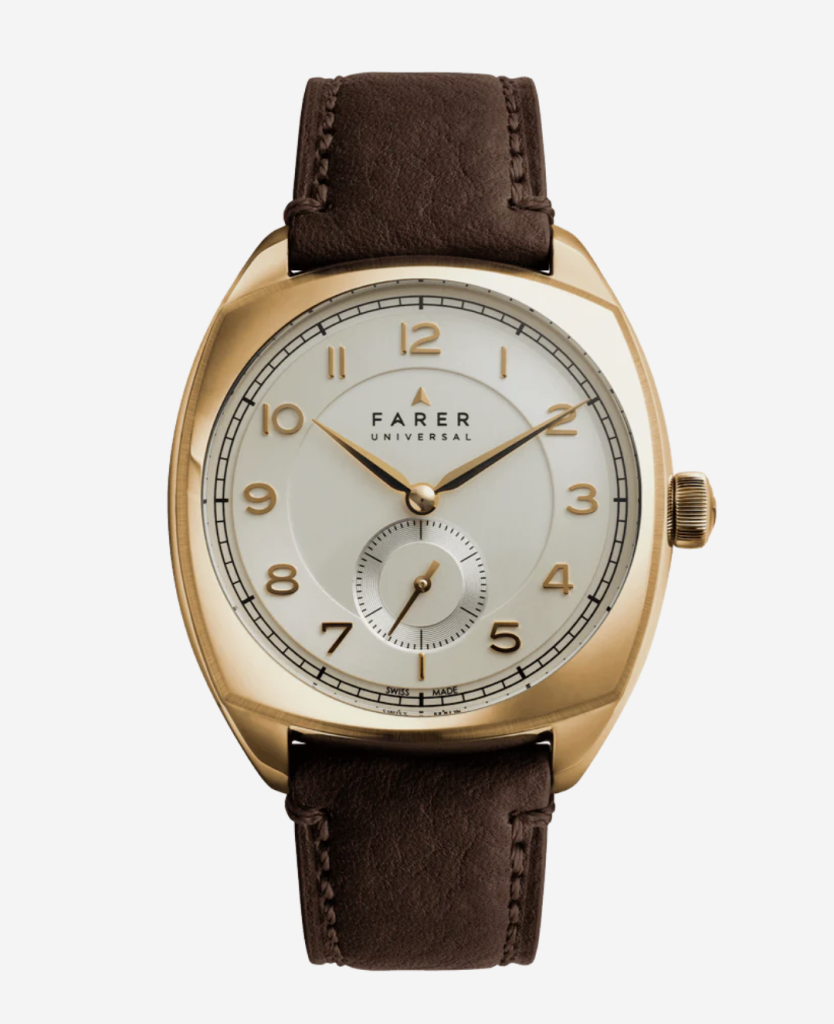
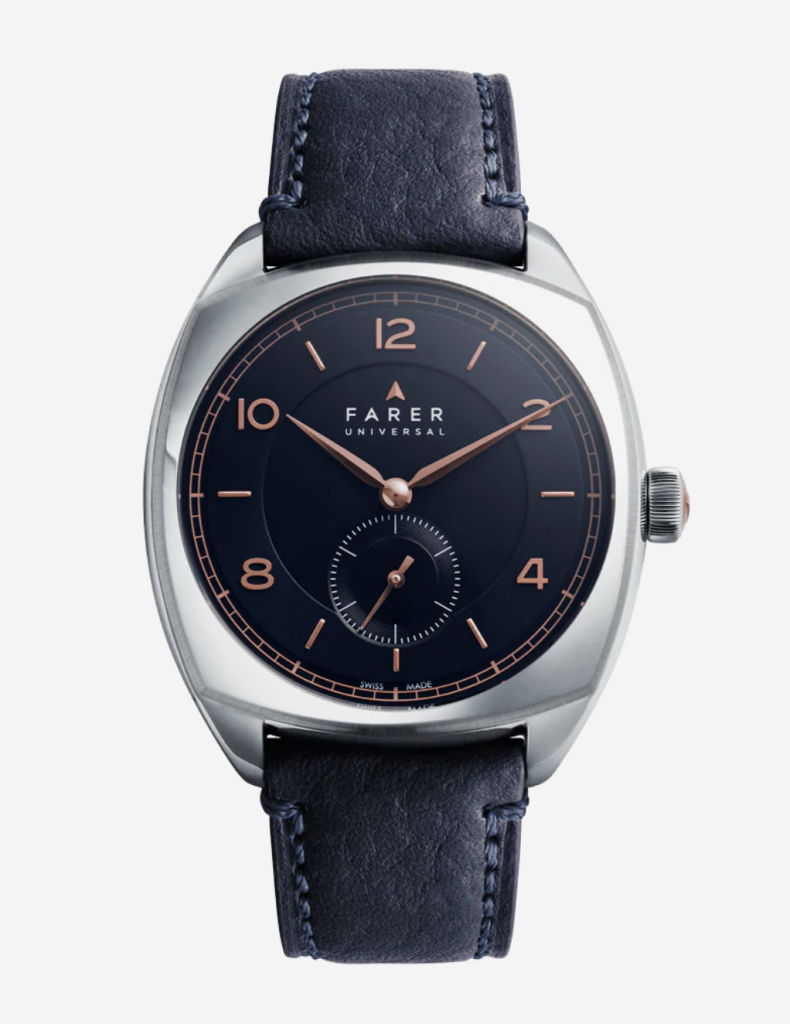
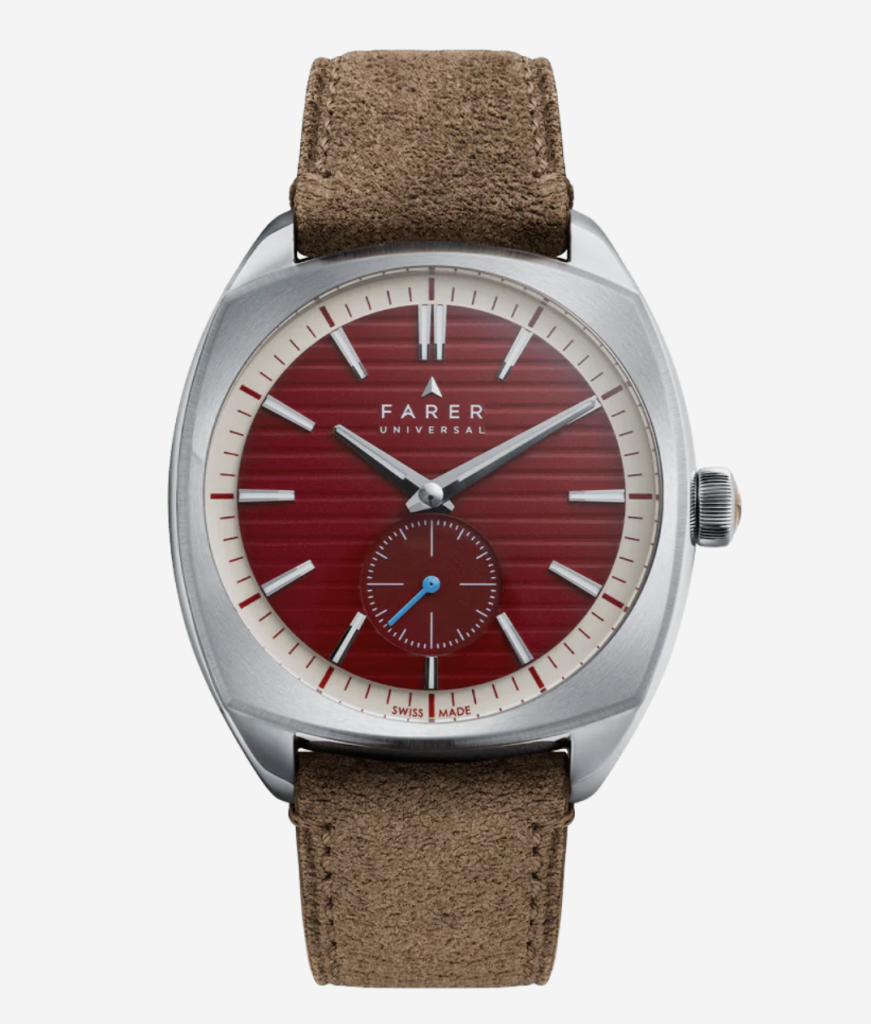
Sternglas is a weird brand for me, see I discovered them because I wanted a good quality minimalist watch at a relatively affordable watch. By now my style has changed quite a bit1 and as I have learned more about this culture but the Naos has always been appealing to me. The problem was the thickness of the auto version, and the quartz-ness of the quartz version. Now quartz isn’t bad2, but my love for watches comes from the craftsmanship of using mechanical movements. Today Sternglas announces the Naos Pro with a thinner Miyota 90153 movement, a refined dial and handset and a beautiful bridle leather strap among many other updates4. This may not be my favorite watch ever but I still can’t help but fall a little bit in love with this smashing Bauhaus watch.
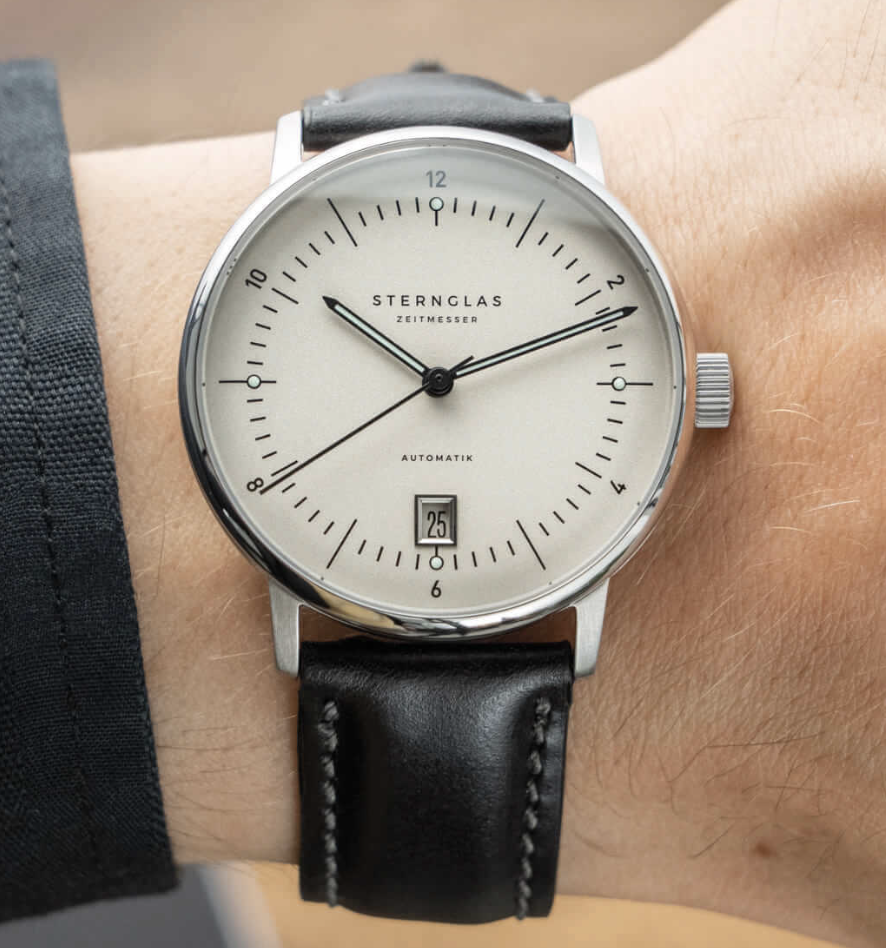
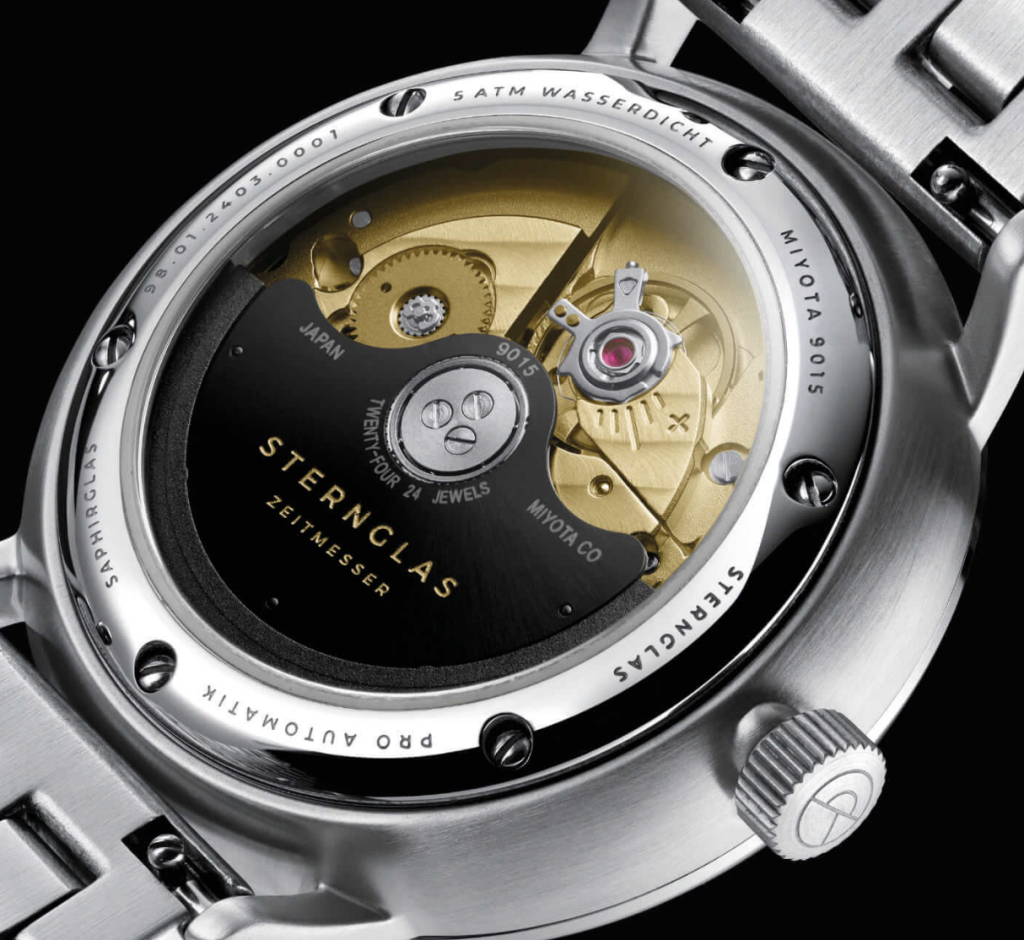
Every time a brand I like releases a limited edition watch my heart breaks a little bit. I don’t have the money to just drop $1,200,, especially when I just bought myself a watch for my birthday. However these new CW’s feature beautiful colors and matching straps and the bracelets all have the micro-adjust that was introduced with the Twelve X. All this to say, maybe CW will update the purple Twelve 36mm with that slick micro adjust and a color matched strap, that gives me hope.
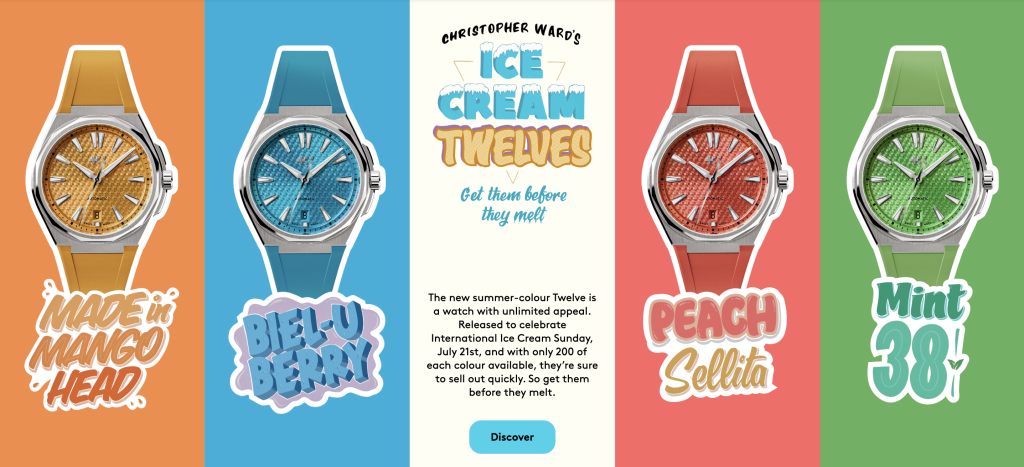
I was excited for this new Furlan Marri, since at least the past couple months when they teased a flying saucer. Well now it’s finally here and I gotta say, it’s cool I guess. Now from a pure design perspective I love everything that is being done here, the lugs, the size, oh the dial its gorgeous. But, something about it doesn’t quite work for me and I was looking forward to this watch. Well, you know what they say, it is what it is, and this one isn’t (for me).
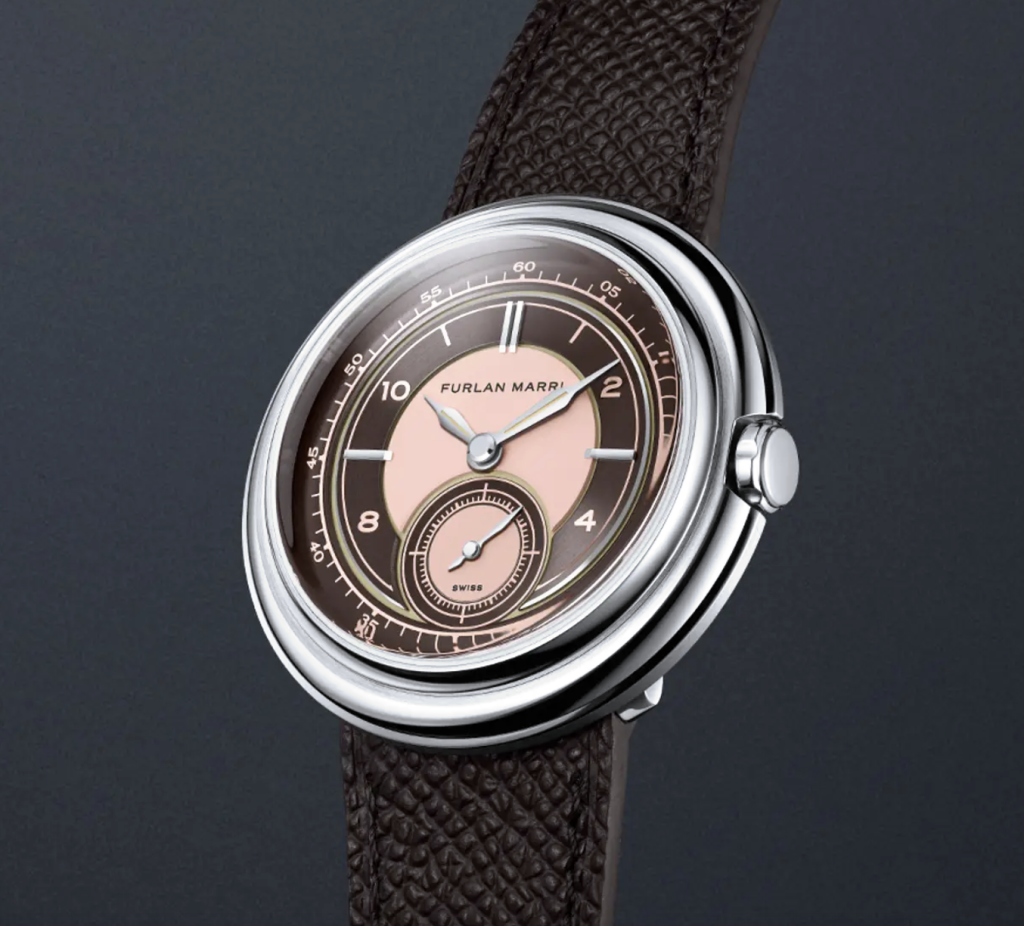
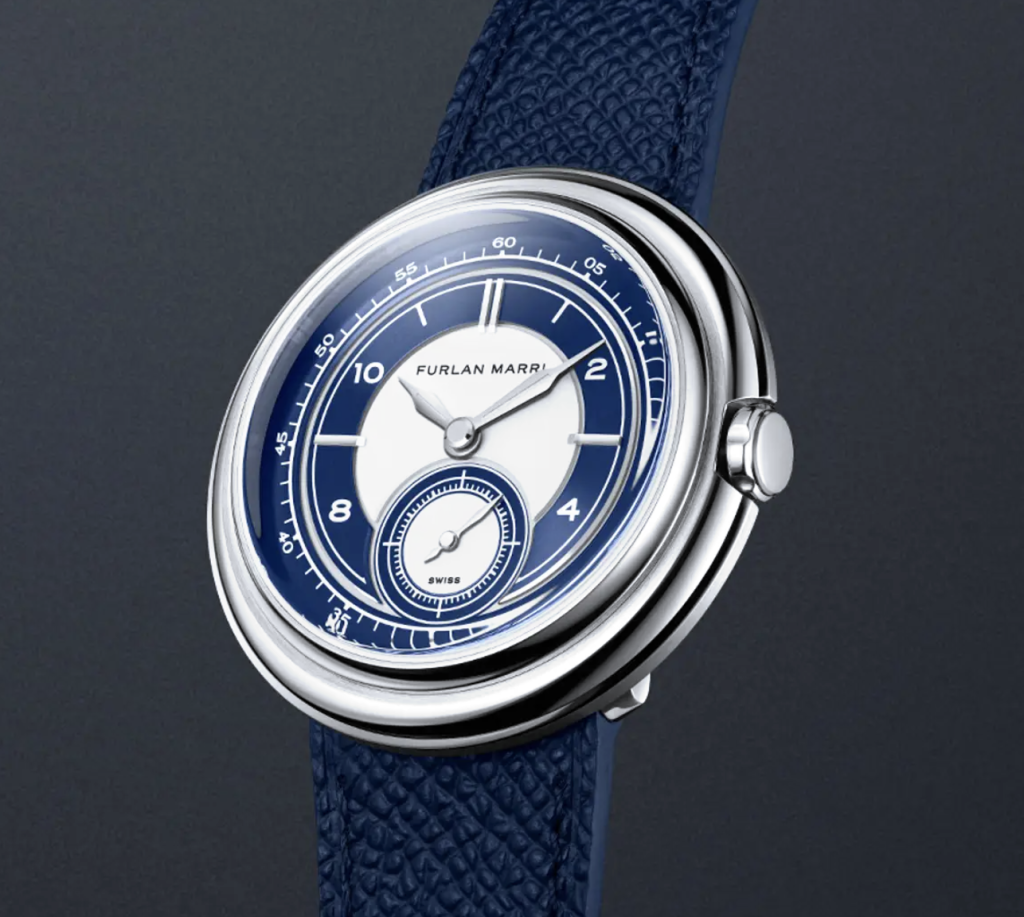
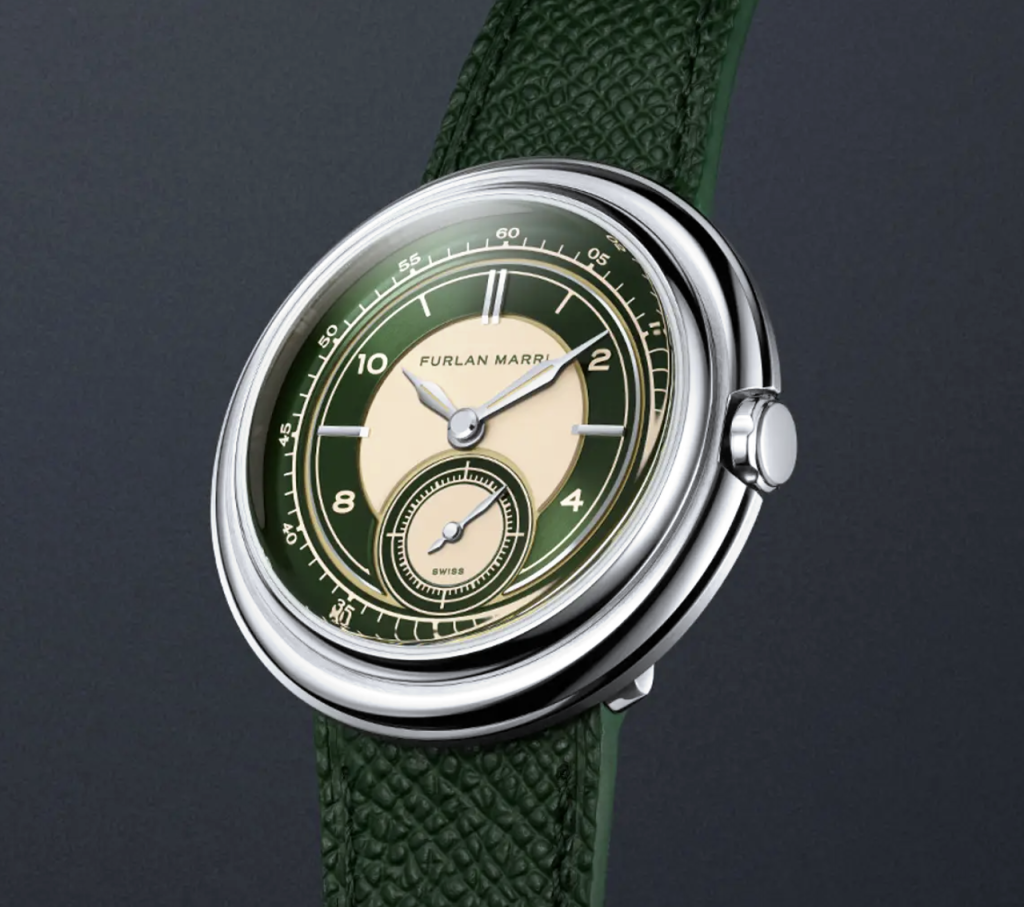
I have admired Furlan Marri for awhile, unfortunately none of their designs quite worked for me. However the past few months they have been teasing a new watch, with a UFO. This is the current teaser on their website and with the integrated crown, pebble like case and high polished surface I’m already in love. Come to think of it with that crown I’m realizing I may only have room in my heart for one style of watch…
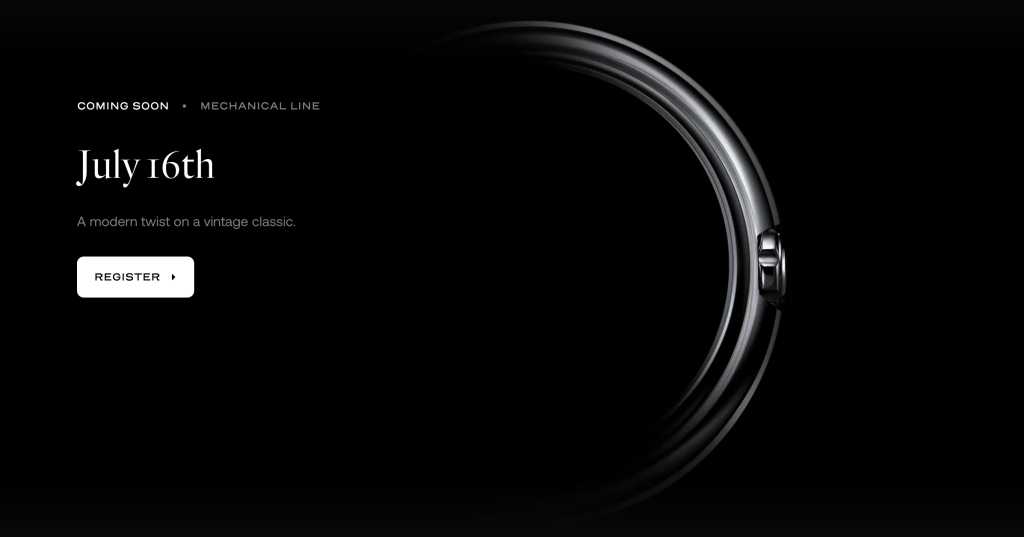
As you all might know my favorite watch brand is Baltic. Yes I have an emotional connection given the study abroad I recently partook in but also I just love their designs, and prices. For their latest release they introduced a new style in the MR series. It comes in the same colors (sans gold) and is a bit more industrial in design, with more brushing on the case and a roulette dial. I absolutely love this watch but I do wish it would have a hand-wound movement, I already have an auto in my collection.
When I was first getting into mechanical watches I adored minimalist watches1. As I have matured (not just in this community) my tastes have expanded. However the Open Water by Vero has persisted. Now I am heavily biased because Vero is an Oregon based watch brand2, that’s only one US state away! But nevertheless the new Vero Open Water 38 is just so close to perfect. Equipped with Nodus’ Nodex clasp for easy micro-adjustment, two flashy colors3 I seem to have almost fallen back in love. It’s a shame no watch can ever beat the Farer Aquamatic4.
If you are still reading, I thank you for your time and ask you read this last paragraph. Currently the state of Israel is committing a genocide on the citizens of Palestine. I want to make one thing clear, I am not calling for any violence against Jews, or Muslims and any harmful rhetoric or actions towards any of these groups should and will not be tolerated. What would mean the world however is if you happen to have some cash to spare, send it along to the Palestine Children’s Relief Fund. The world is all kinds of fucked up right now but there are many ways we as individuals can help, there are more resources on this page here and all over the internet. I don’t have much of a voice but I will not be silent with the little I have. Thank you and wherever you are in the world I wish you well.
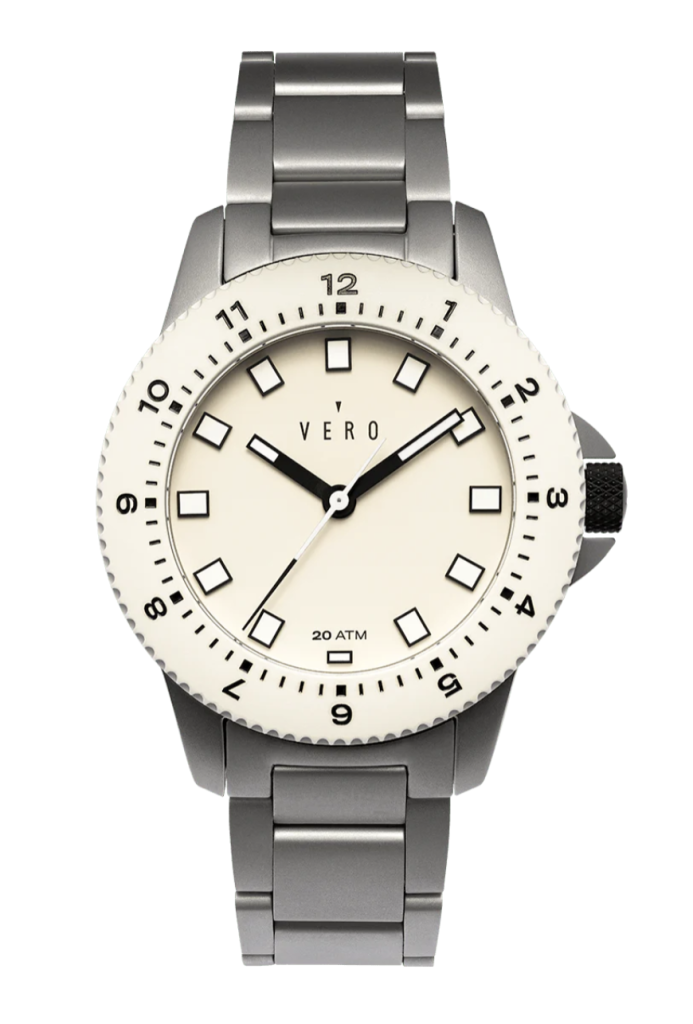
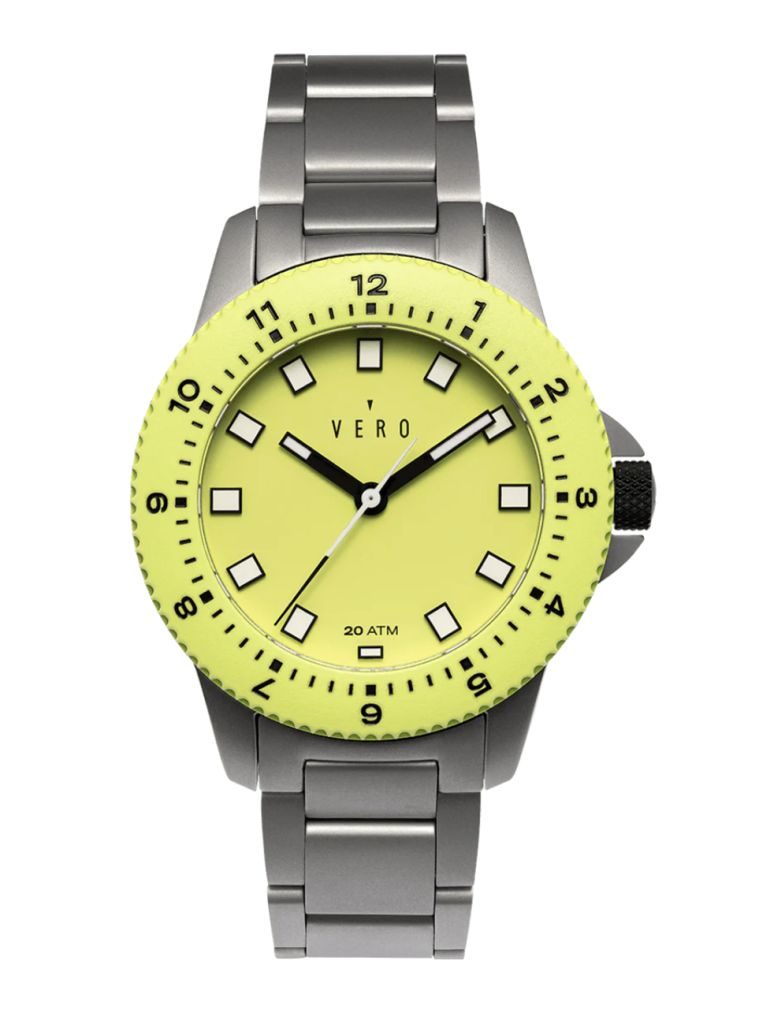
Omega just announced the release of three new colors on the Seamaster Aqua terra. Now it’s not fun or anything but I like myself a glossy black dial on a sport watch, especially a water-sports themed watch. All three sizes retail for $6,600.00 in the US. I think it’s cool at least
Well the title does really sum it up but recently Sternglas released a couple new colors in their quartz Naos line. And with every new color that the brand releases, every new Bauhaus edition I fall in love a little bit more with this little German watch. The only problem is with such a small collection is that it feels a bit cheap to have two beige watches.
Now I don’t care about smart watches in any sense of the word but friend of the blog Electric Cable Car reported yesterday on the new watch. I won’t lie though, I am a Suunto girl for everything outdoors.